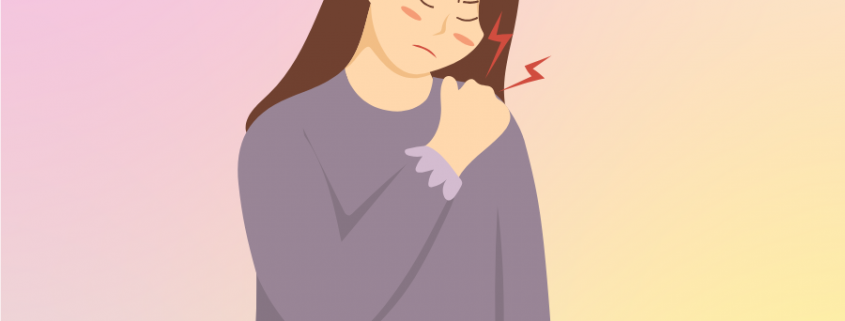Teach you to differentiate between five common types of shoulder pain and find the right problem to solve it faster
If you have any queries or suggestions, please feel free to reach out via email to info@harisonfitness.com. We will do everything in our capacity to ensure that you love your experience with us.
Frozen shoulder only accounts for 15% of shoulder pain diseases, that is to say, 85% of shoulder pain is due to other diseases, shoulder pain don’t let frozen shoulder take the blame again, today I take you to distinguish between different shoulder pain because of what!
01 What are the causes of shoulder pain
1. Frozen shoulder pain manifestation: light during the day, heavy at night, upper limb limitation, generally can be self-healing. Frozen shoulder is generally categorized into acute and chronic phases. Acute frozen shoulder is mostly caused by cold shoulder, the initial performance is paroxysmal shoulder pain, and then the pain gradually intensified to dull sensation, characterized by daytime is relatively mild, night pain is obvious. In the chronic period, the pain will gradually reduce, or hours, but the shoulder joint will be more stiff.
2. Rotator cuff tear pain manifestation: the upper extremity activities are not limited, not self-healing. Rotator cuff tear patients will have shoulder pain and lifting weakness, and the biggest difference with frozen shoulder is that rotator cuff tear patients’ shoulder joint activities are not limited, and they can lift their hands above their heads with the help of external force.

3. Calcific tendonitis pain manifestation: severe pain, inflammation manifestation, upper limb activity is not limited. Calcific rotator cuff tendonitis is not well known but is a common factor leading to shoulder pain. Calcific rotator cuff tendonitis is caused by calcium salts deposited in the rotator cuff, which is usually caused by minor trauma or over exertion. Shoulder pain in patients is often very obvious, and accompanied by redness, swelling, heat and pain and other obvious inflammatory phenomena, but the activities are completely normal, and the pain is aggravated at night.
5. Cervical spondylosis
Pain manifestation: mostly limited neck movement, weakness of the affected side. Among the extra-shoulder factors, shoulder pain caused by cervical spondylosis is the most common. Patients with cervical spondylosis mostly have neck symptoms, often with limited neck movement rather than shoulder, which can be combined with weakness below the elbow joint on the affected side, and some patients have numbness in the fingers, dizziness and other symptoms.
02 Rehabilitation for Pain Relief
Oppositional breathing lying on your back, so that the waist is close to the ground, feet to a chair, and then the back of the legs to force the legs to press the chair (be careful not to bend the knees), the whole time to keep the abdomen relaxed. Keep breathing naturally and hold on for three minutes.

March kettlebell inverted raises lying on your back, keeping your lower back on the floor and your legs bent at 90 degrees at the knees and hips. Hold the kettlebell upside down with one hand, keep it stable, pay attention to the shoulders to the ground, keep breathing naturally, and practice for four minutes.

Stretch Band Report Standing Pose, hold a stretch band in your hand and raise your arms folded in front of your chest. Rotate your arms outward to vertical as if you were raising your hands for a report, breathe naturally, and repeat the exercise for five minutes.

One-knee kettlebell inverted lift one-knee kneeling position, one hand inverted kettlebell, curved arm at 90 degrees, keep stable, keep natural breathing exercises for four minutes.






Leave a Reply
Want to join the discussion?Feel free to contribute!